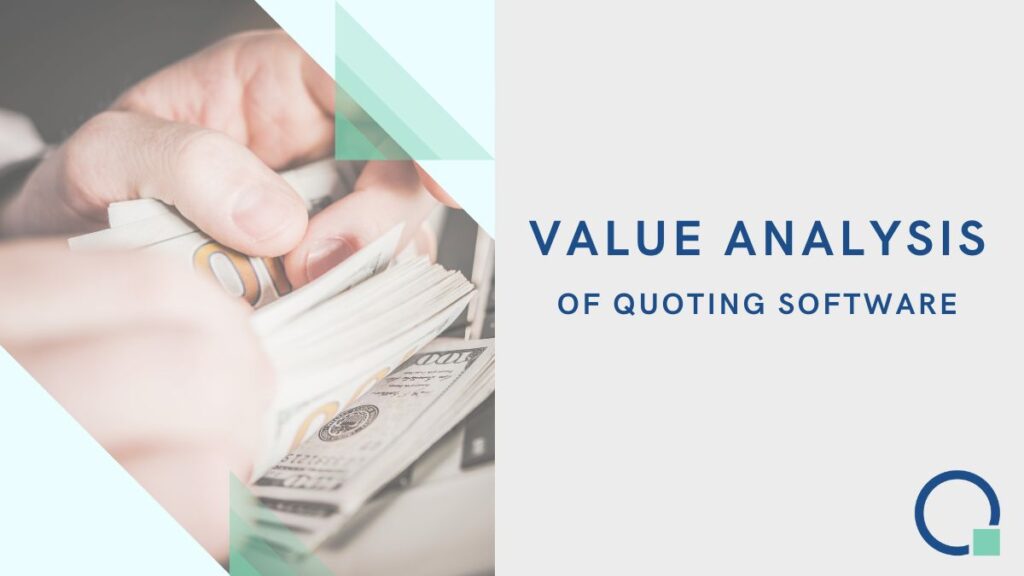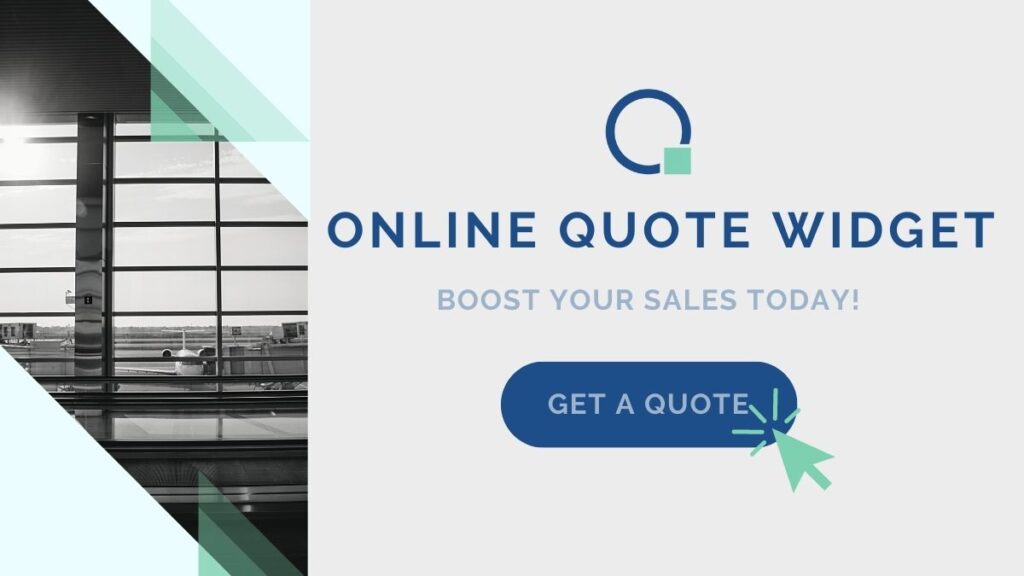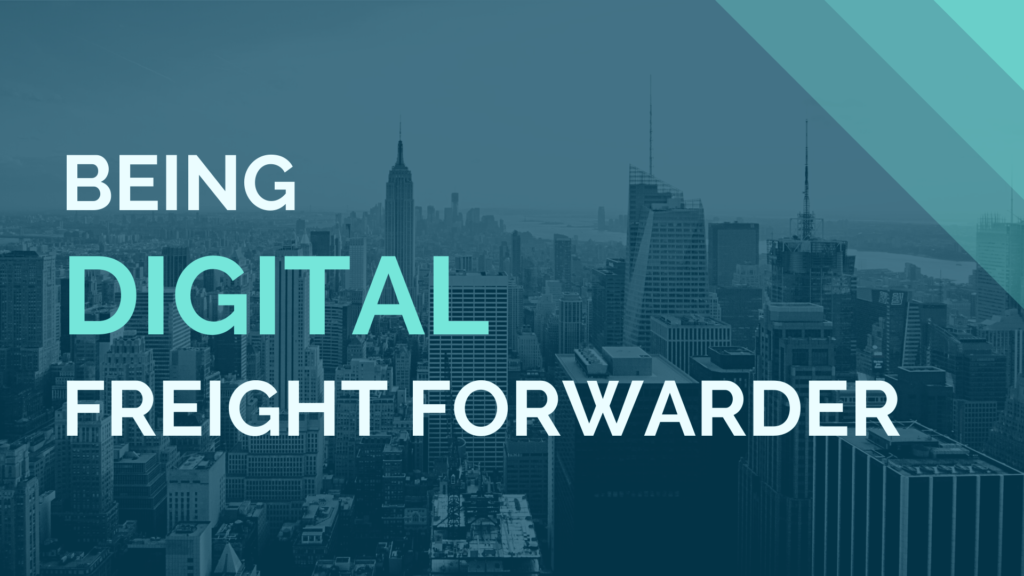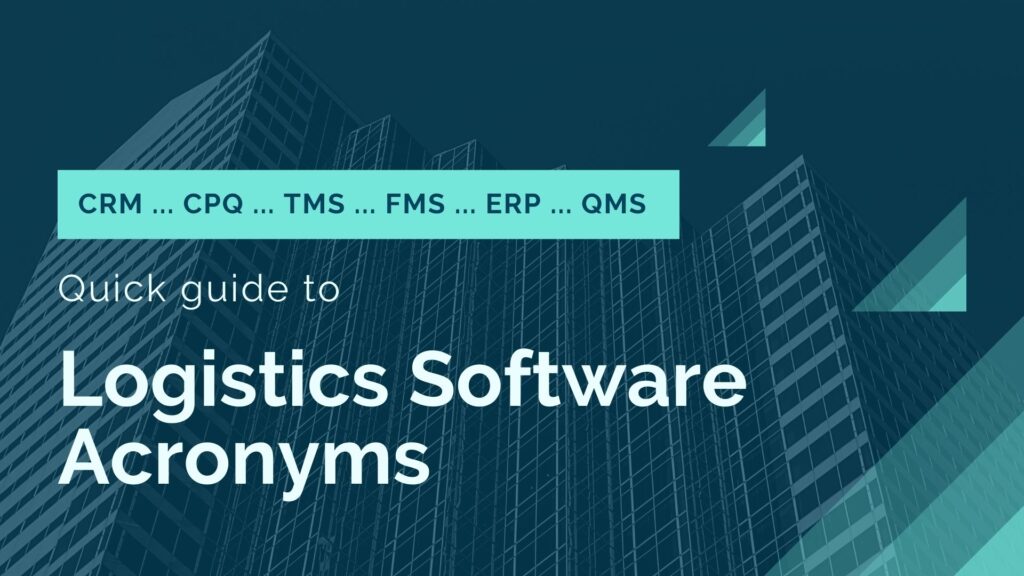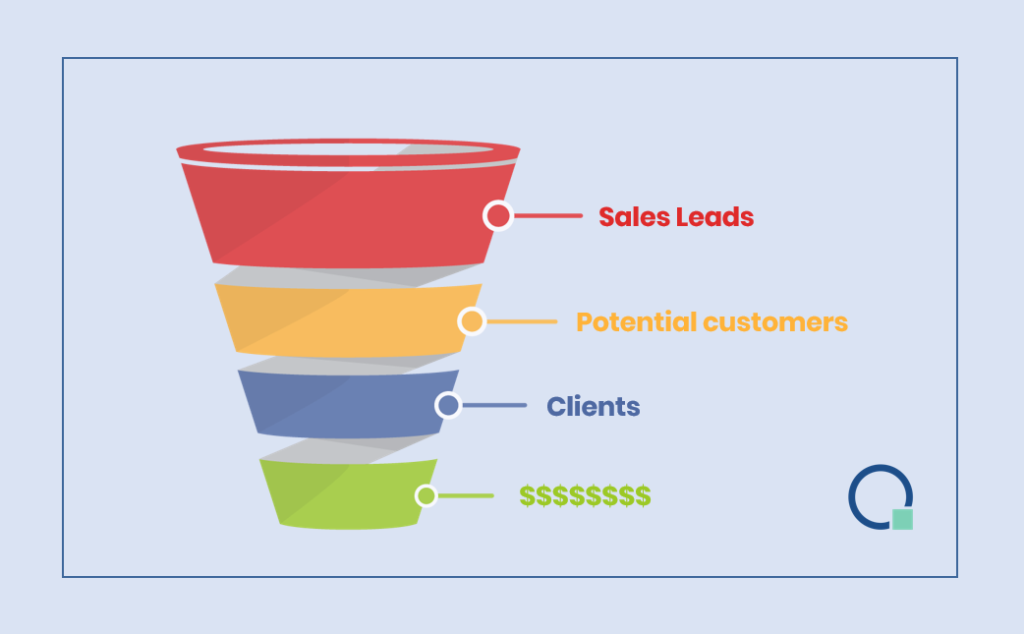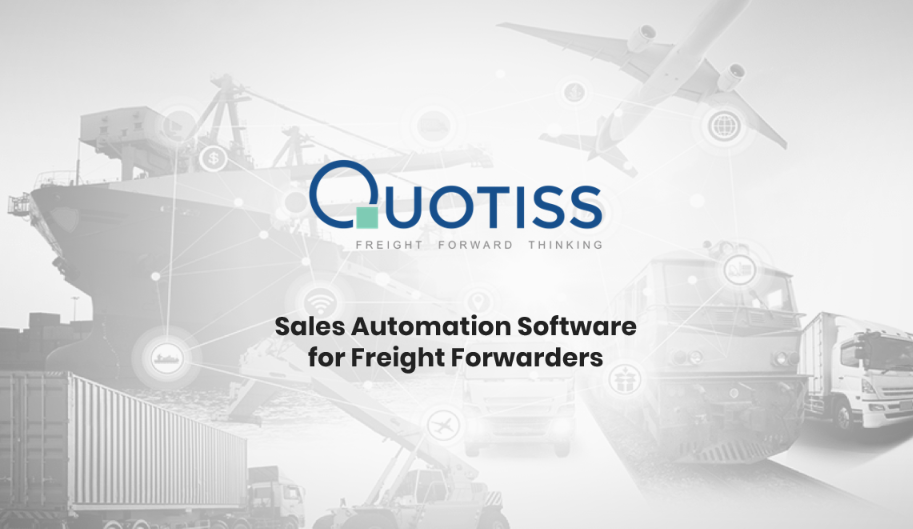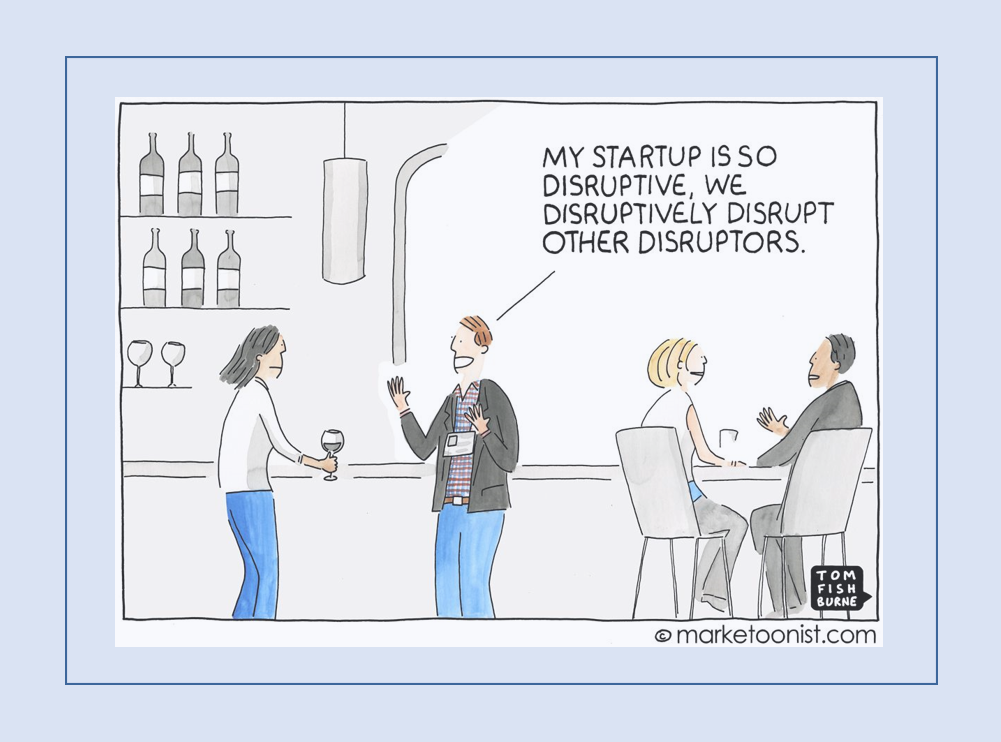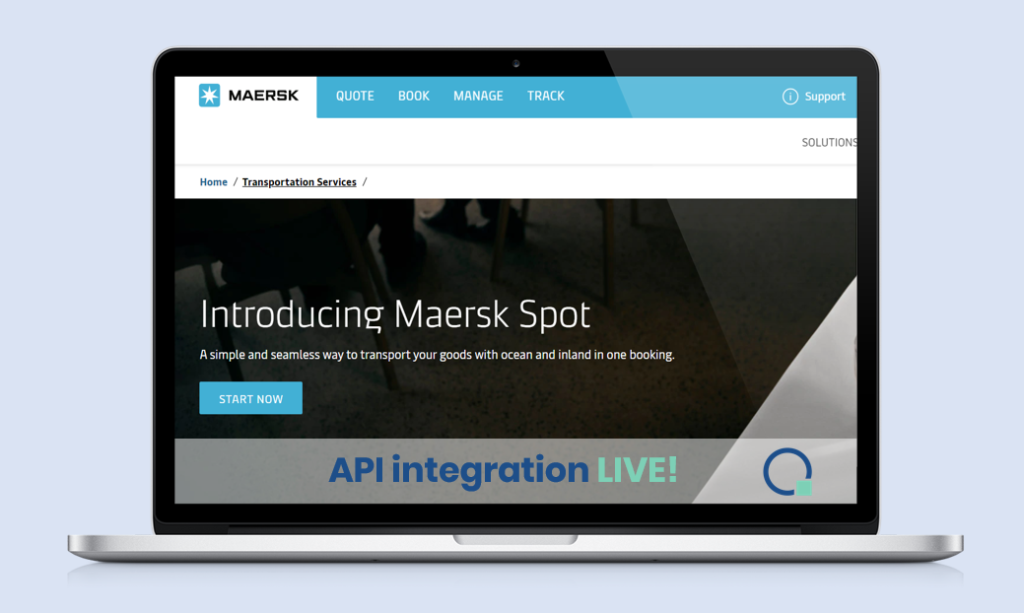Freight Quoting Software Value Analysis
In the highly competitive logistics industry, freight forwarders understand that price plays a critical role in driving business. To stay ahead, freight forwarders must seize every opportunity to enhance profit margins. One effective way to achieve this is by using technology to optimize internal processes, leading to increased efficiency and profitability. Among various technologies available, freight quoting software stands out as a powerful tool that can significantly impact a freight forwarder’s bottom line.
Let’s try to put a dollar value on the freight quoting software and explore the areas where digitization can bring substantial benefits.
Logistics Software: Enhancing Efficiency and Profitability
Logistics software has the potential to revolutionize the way freight forwarders operate. By automating manual processes and streamlining data management, logistics software can generate tangible dollar value for the business.
1. Transparency in Commercial Data
Traditionally, sales teams in freight forwarding companies had to rely on multiple Excel spreadsheets to handle rates, surcharges, and special conditions when preparing freight quotes manually. However, this manual approach increases the risk of errors, which can have significant financial implications.
With modern quoting software, all commercial data is consolidated on one platform in a structured manner, providing transparency and sanity to the process. Frequent changes in freight rates are no longer a challenge, as up-to-date information is readily available, leading to accurate and reliable quotes.
2. Simplification and Efficiency
Say goodbye to cumbersome Excel freight ratesheets. Freight quoting software simplifies the sales and procurement workflow by offering a centralized platform for commercial data. With just a few clicks, freight tariffs can be uploaded and freight quotes can be generated effortlessly.
Automating these processes not only saves time but also reduces costs. The software allows sales representatives to focus on more value-added tasks, such as building relationships with clients and securing more business.
3. Data Security and Confidentiality
In the age of technology, data security is of utmost importance. Business relationships rely on trust, and freight forwarders need to ensure the confidentiality of their sensitive data.
At Quotiss, we prioritize data security and protection. With the utilization of Azure cloud servers – a technology trusted by major global corporations – clients can rest assured that their data is in safe hands. Regular database backups further guarantee the safety and integrity of the information.
4. Cost Savings and ROI
Integrating technology into the commercial business process leads to substantial cost savings and increased return on investment (ROI). The software’s automation capabilities allow tasks to be completed with exceptional speed and accuracy.
By centralizing the freight rates and client databases, the software simplifies contract management and allows for automated tracking of freight quotes. This reduction in manual effort not only improves quality standards but also opens up new avenues for utilizing sales talent effectively.
Conclusion
The dollar value of freight quoting software is undeniable, especially for larger organizations where a simple Excel file won’t do a trick anymore. From enhancing transparency and efficiency to securing the data and delivering significant cost savings, the freight software offers substantial benefits to freight forwarders. Embracing technology in the logistics industry is no longer an option but a necessity to stay competitive and thrive in a fast-paced market.
So, what are you waiting for? Calculate the potential dollar value of logistics software for your business using our simple online ROI calculator. Embrace the future of logistics and unlock your business’s true potential.
FAQs
- How can Quotiss software benefit my freight forwarding business? Quotiss software can boost your sales, bring transparency, simplify processes, enhance data security, and result in substantial cost savings.
- Is Quotiss software suitable for small freight forwarding companies? Yes, Quotiss software can benefit both small and large freight forwarding companies by streamlining sales activities and driving efficiency.
- What makes Quotiss a reliable logistics software provider? Quotiss prioritizes data security, utilizing trusted Azure cloud servers and ensuring daily database backups for maximum safety.
- Can quoting software help in generating more profit? Yes, quoting software reduces manual efforts, allowing sales teams to focus on revenue-generating activities, thus increasing profit potential.
- How can I calculate the ROI of implementing logistics software? Use our simple online ROI calculator to estimate the dollar value Quotiss software can bring to your business.

